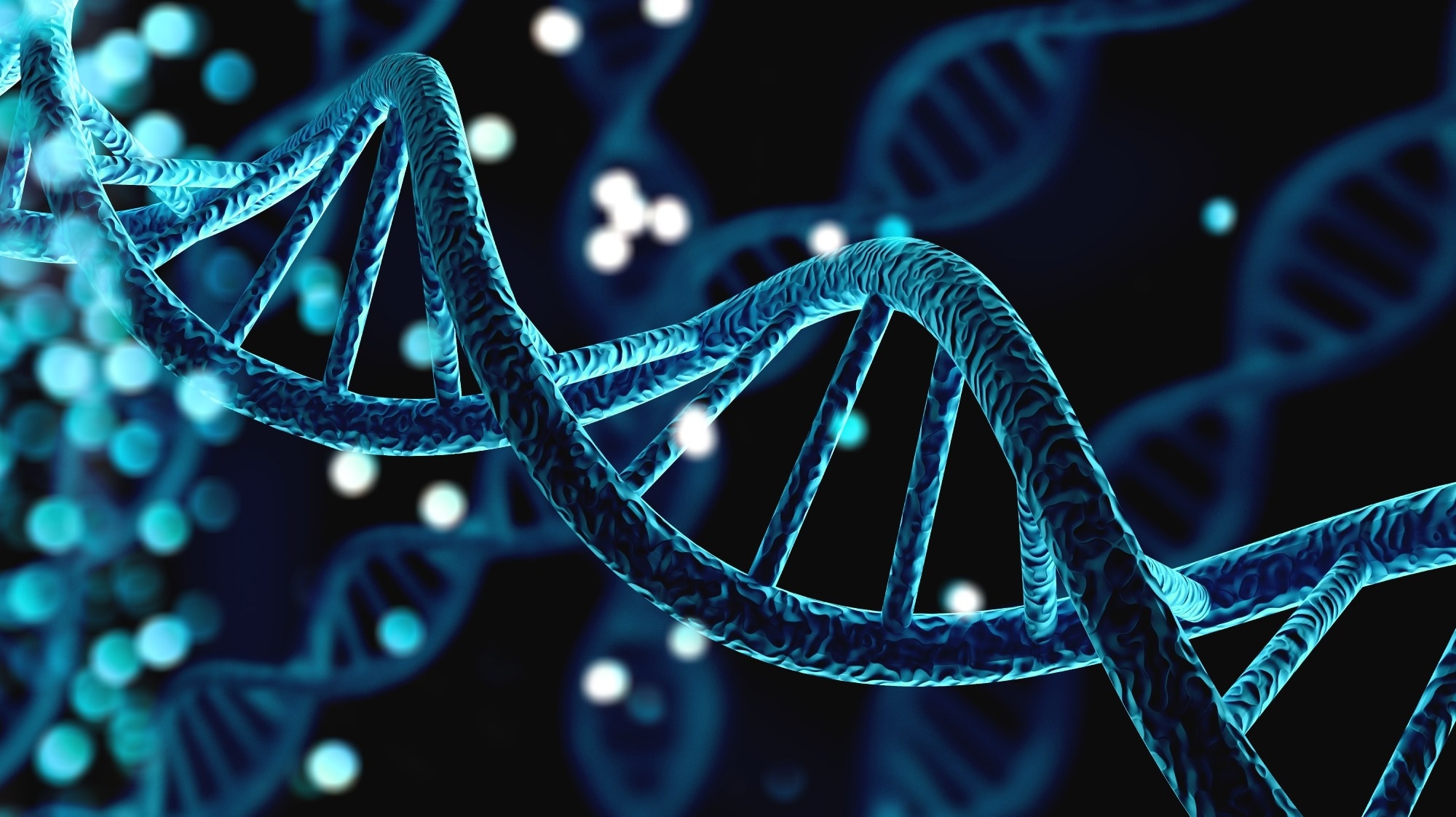Scientists identify 5,072 essential human genes
In a recent study published in the journal Cell, researchers examined the phenotypic landscape of several elusive essential human genes to create a detailed genotype-phenotype resource that outlines the phenotypic consequences of disrupting fundamental cellular processes. Resource: The phenotypic landscape of essential human genes. Image credit: Billions Photos / Shutterstock Background Determining the roles of essential genes in diverse cellular processes, including visualizing their contributions to cell morphology, is critical to understanding the basis of cell growth, proliferation, and functionality. About the study In the present study, the researchers first conducted Clustered Regularly Interspaced Short Palindromic Repeats (CRISPR) – CRISPR-associated protein 9...

Scientists identify 5,072 essential human genes
In a study recently published in the journal cell Researchers examined the phenotypic landscape of several elusive essential human genes to create a detailed genotype-phenotype resource that outlines the phenotypic consequences of disrupting fundamental cellular processes.

background
Determining the role of essential genes in different cellular processes, including visualizing their contributions to cell morphology, is crucial for understanding the basis of cell growth, proliferation, and functionality.
About studying
In the present study, researchers first conducted Clustered Regularly Interspaced Short Palindromic Repeats (CRISPR) – CRISPR-associated protein 9 (Cas9)-based functional screening and identified 5,072 fitness-conferring essential genes. Next, they selected four single-guide ribonucleic acid (sgRNA) sequences that targeted each gene, as well as 250 “non-targeting” sgRNAs, from existing sgRNA libraries.
They delivered the sgRNA library to HeLa cells containing an integrated doxycycline-inducible Cas9 construct. Next, they fixed the cells and amplified the sgRNA sequences in situ. They then stained and imaged cells with four dyes that helped them visualize nuclear morphology, deoxyribonucleic acid (DNA) damage response, microtubules and filamentous actin.
After classifying the cells as either interphase or mitotic, the team performed downstream analyses. This image-based screening provided microscopic images that helped researchers extract phenotypic measurements for 1,084 cell imaging parameters, including measurements of intensity, subcellular distribution, spot colocalization, and cell and nuclei size and shape. The researchers compared sgRNA identities for over 31 million cells, with a median of 6,119 cells per gene target for four sgRNAs. Finally, the researchers performed live-cell pooled imaging to identify genes required for chromosome segregation.
Study results
Pooled microscopic analysis of >31 million individual knockout cells for thousands of fitness-conferring human genes identified specific contributions to core biological processes based on the resulting cellular phenotypes. Cell parameters are directly comparable across a large cell population and are referred to as phenotypic “fingerprints” of a gene target. By comparing these phenotypic profiles, the researchers defined cofunctional gene relationships with sufficient resolution to distinguish related roles in specific cellular processes. However, only four cellular dyes were sufficient to identify functional relationships between genes across different biological pathways, without analyzing specific cellular markers corresponding to each cellular pathway with a different function.
In addition to identifying established relationships, the current work provided several predictions for the contributions of incompletely characterized genes to fundamental cellular processes. For example, phenotype clustering analysis implicated C7orf26 as a subunit of the core integrator complex, C1orf131 as a regulator of ribosome biogenesis, and AKIRIN2 in proteasome function. They also identified gene knockouts that lead to defects in mitotic function, including unexpected roles of the membrane-bound transporters AQP7 and ATP1A1 and cellular osmolarity in promoting accurate chromosome segregation.
In addition, this paper revealed the role of several gene expression regulators in the control of cell division, including the predicted transcription factor ZNF335, the DREAM complex (LIN52), the 30-end mRNA processing complex (CLP1), and the smaller spliceosome (RNPC3). the expression of specific cell division components. These examples highlight the power of optical screening to identify cofunctional genes across diverse biological pathways, with the potential for further discoveries from the data published here.
Conclusions
The researchers efficiently used complex, multidimensional, image-based phenotypes to obtain functionally relevant gene clusters across diverse cellular processes at a scale much larger than any single image-based pooled profiling screen. As a result, researchers now have a powerful data source to explore and a comprehensive testing environment to develop analytical techniques.
Two proteins could act in a single biological pathway without showing a direct interaction. In addition to accurately identifying cofunctional genes across a variety of cellular processes, the current study provided a highly scalable orthogonal approach for proteome-wide protein interaction studies. Furthermore, quantitative image-based phenotypic profiling remarkably defined gene clusters for pan-essential genes, such as. B. Ribosome components that do not have different requirements across cell lines. In many cases, this analysis also identified additional genes and finer-grained resolution for their gene clusters, allowing distinction between core ribosome subunits and ribosome biogenesis factors.
The study approach was also very successful in identifying gene clusters for morphological processes, including cytokinesis, nuclear transport, chromosome condensation and others, that would otherwise be difficult to identify due to transcriptional changes. It also generated complex profile data, and the perturbation identity for each cell enabled direct correlation of multiple high-dimensional phenotypes with individual perturbations in a single experiment. Overall, relatively inexpensive, image-based pooled CRISPR profiling screens have emerged as a robust strategy for defining gene networks and the functional roles of human genes. Additionally, pooled image-based screens were comparatively easy to scale compared to arrayed image-based screens, with mixed controls providing a robust statistical basis for comparisons.
Reference:
- Die phänotypische Landschaft wesentlicher menschlicher Gene, Luke Funk, Kuan-Chung Su, Jimmy Ly, David Feldman, Avtar Singh, Brittania Moodie, Paul C.Blainey, Iain M.Cheeseman, Cell 2022, DOI: https://doi.org/10.1016/j.cell.2022.10.017, https://www.sciencedirect.com/science/article/abs/pii/S0092867422013599
.

 Suche
Suche
 Mein Konto
Mein Konto
